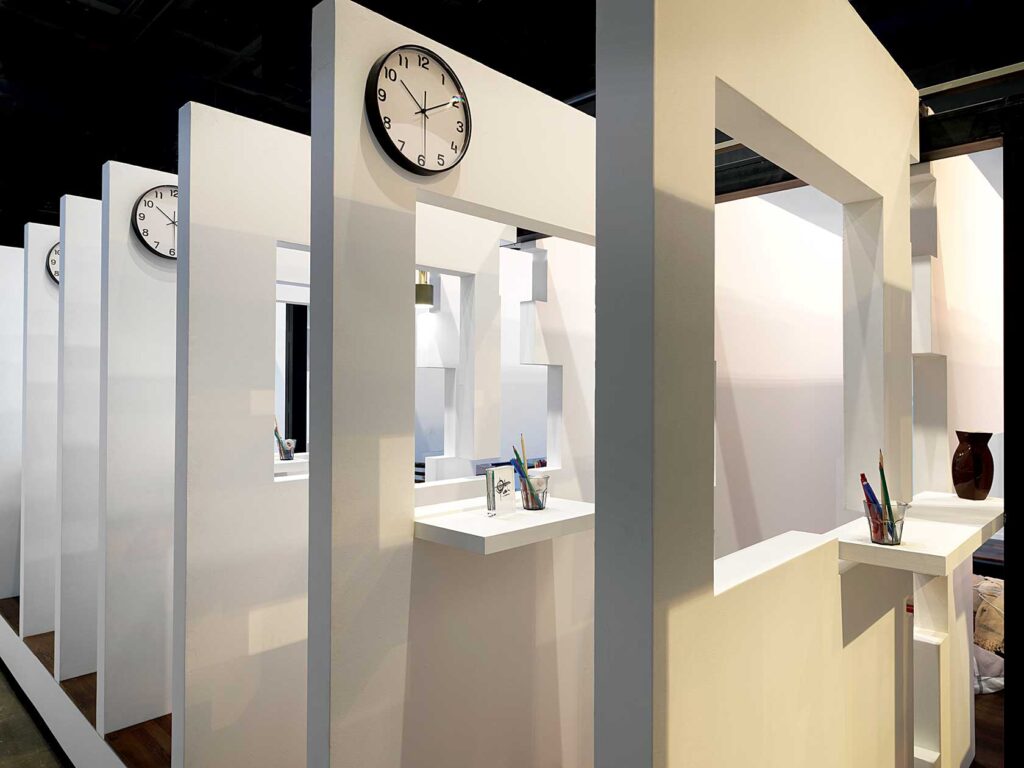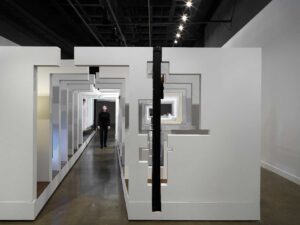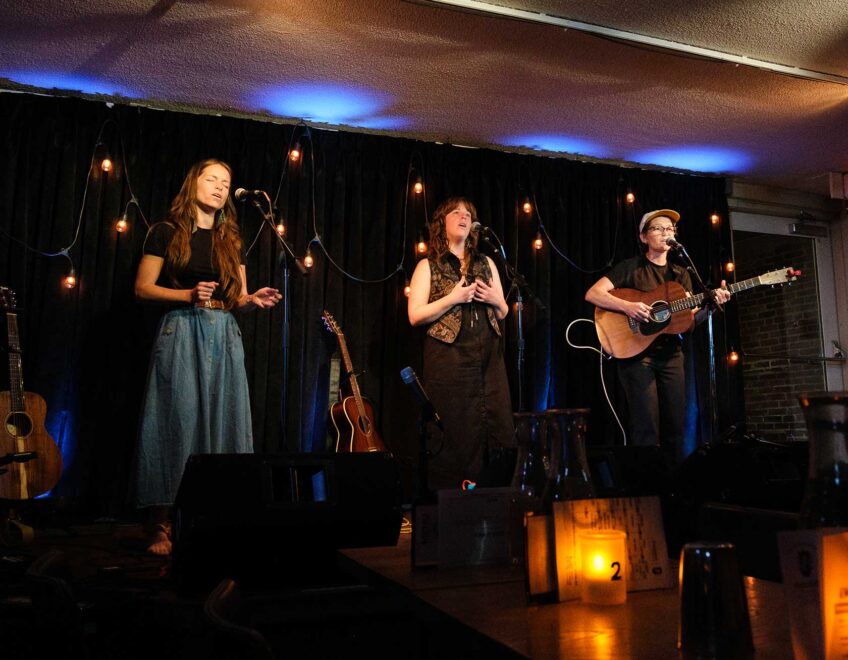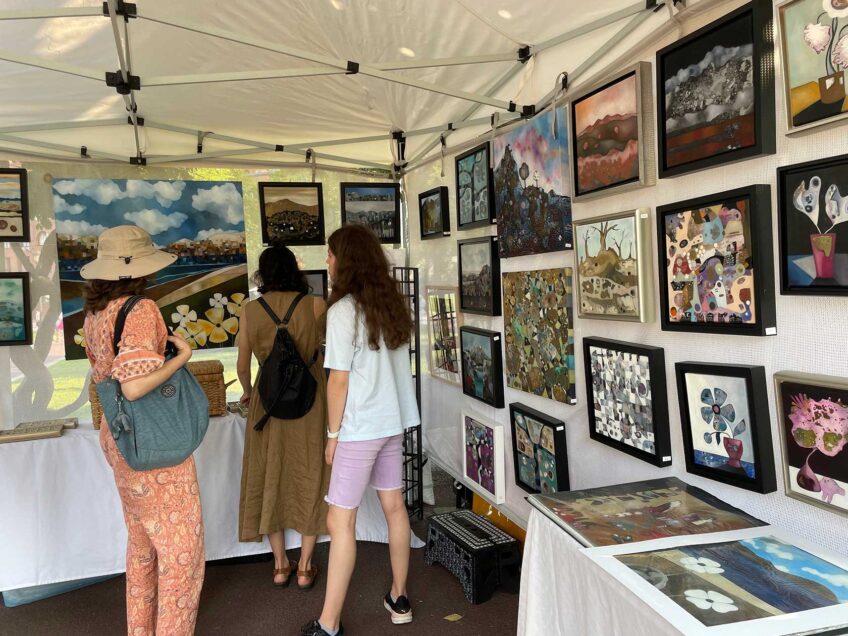Multi-media artist Pedro Gómez-Egaña brings focus in a world vying for attention

As technology continues to advance, one of the things that is retreating is the human attention span. With so many options for things to see and engage with, it is becoming more challenging to linger and truly absorb any one thing.
Fortunately, there are artists like Pedro Gómez-Egaña, who has an installation called “The Great Learning” at the List Visual Arts Center at the Massachusetts Institute of Technology through July 27.
Growing up in Colombia, Gómez-Egaña’s own attention was split among various expressive forms and artistic mediums. When fate took him by the hand and set him on his eventual course it was by literally injuring his arm.
“I was a violinist from childhood,” he recalled, “and that was going to be my profession until a repetitive strain injury…forced me to stop.”
Though the sudden stoppage was “traumatic” at the time, Gómez-Egaña was able to take the time to refocus on himself and his artistic goals and to find new ways to express himself.
“It set off a series of questions that led to my artistic practice today,” he said. “Questions about how an event is devised, how audiences are organized to attend and experience it, how durations are composed and shaped and how meaning forms around time and temporality. All of that started with the injury.”
Turning his own attention to other forms, Gómez-Egaña studied visual arts and performance at Goldsmiths, University of London and the Bergen National Academy of Arts in Norway, eventually focusing his attention further in a doctoral program in visual arts at the University of Bergen.
Today, he is a professor of sculpture and installation at the Oslo National Academy of the Arts.
“My practice could be described as a response to a world defined by intense, conflicting and seemingly irreconcilable temporal dimensions,” he said, citing such attention-grabbing forces as media saturation, geological transformation and what he calls “the spectacle of political cycles.”
As the number of things calling for our attention each moment continues to grow at an overwhelming pace, Gómez-Egaña believes that attention is a “critical cultural category” and encourages reflection through his art.
“In my installations, I draw from diverse temporal domains…and engage with, or subvert, their established temporal frameworks.”
By giving viewers a reason to stop and consider his work, Gómez-Egaña hopes to make time part of the artistic experience and to encourage people to take more time with other things as well.

Pedro Gómez-Egaña, Virgo, 2022. Installation with wood and metal panels, metal frames, interior furnishings, video, sound, 20 × 70 ft. (6 × 21 m) overall. Installation view from Pedro Gómez-Egaña: The Great Learning at the List Visual Arts Center. PHOTO: courtesy of the artist and List Visual Arts Center.
“My work…reflects a concern with economies of attention,” he said, offering the idea that his often large-scale and immersive pieces “modulate audiences’ perception” by combining diverse artistic elements as storytelling, music, light and site-specificity.
When asked why MIT decided to offer its gallery space as a site for Gómez-Egaña’s work, List Center Curator Natalie Bell said, “Pedro’s works speak to a lot of themes that resonate with research and thinking happening at MIT,” including what she calls “the deconstruction of architecture…the basic theater of physics and embodied human experience.”
As for how he got to Norway, Gómez-Egaña explains that it had been promoted to him as a place where his diverse artistic talents and desires could be explored without inhibition and where he could pay attention to all of them.
“Norwegian academies don’t operate under strict divisions of medium or tradition,” he said, “which made it an inspiring place for me to develop my work.”
Speaking of inspiring spaces, Gómez-Egaña has taken a great deal of inspiration from his latest exhibition space.
“One of the most exciting aspects [of being at MIT] has been seeing how artistic thinking intersects with other approaches across different departments,” he said. “It’s a kind of dialogue that feels both unexpected and deeply relevant.”
Despite the wide range of discoveries and advances that are going on around Gómez-Egaña’s at MIT, Bell says his work has been able to slow down many people and encourage them to pay attention even amid their hectic lives and the myriad modes and ideas that are constantly flying around inside their heads.
“Pedro’s work brings an incredible attention to attention,” she said. “In a time when our attention is increasingly pulled in multiple ways…Pedro’s work requires people to be both present and present in time.”
Bell said that while Gómez-Egaña’s work does not translate into photos or videos, she hopes viewers will experience and ponder it instead of taking selfies.
“I’m hoping people can discover a kind of pleasure…in stillness,” she said, “in looking and listening and spending time.”







